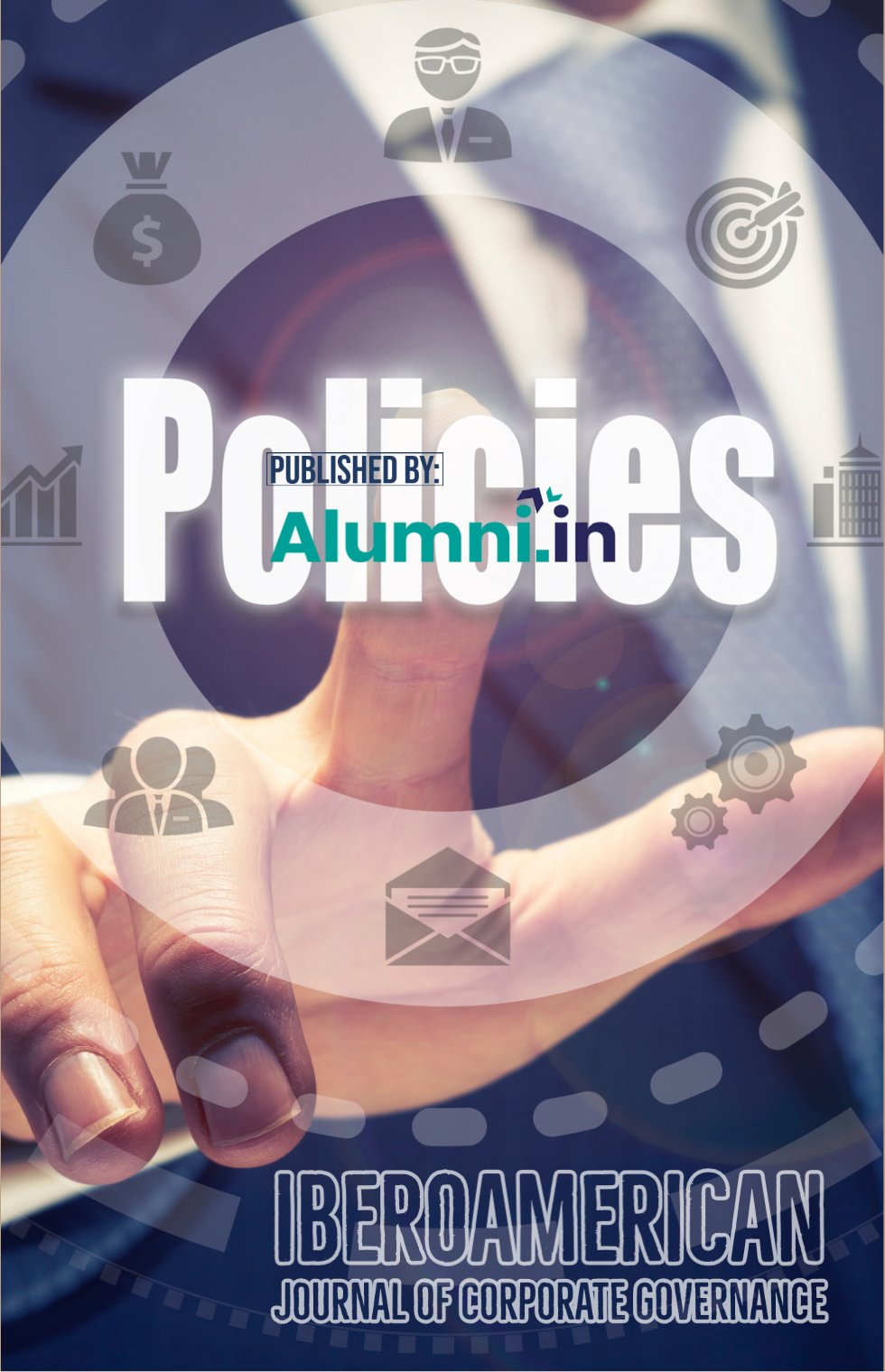Avaliação das Performances das Práticas de Governança Corporativa: Uma Análise Multiperíodo em Empresas Listadas no Brasil
DOI:
https://doi.org/10.21434/IberoamericanJCG.v2i1.11Keywords:
Governança Corporativa, Binômio Risco e Retorno, Crise de 2008Abstract
RESUMO
Diversas pesquisas tem se concentrado em comparar as empresas com melhores práticas de governança corporativa em relação àquelas empresas com práticas de governança inferiores ou empresas do mercado tradicional. Contudo, uma avaliação de performance comparativa entre empresas com níveis de governança corporativa superiores, inferiores e do mercado tradicional por meio de uma análise multiperíodo considerando a crise de 2008 não é comumente pesquisada. Diante disso, o objetivo deste estudo é analisar as performances das empresas com níveis de governança corporativa superiores, inferiores e as empresas do mercado tradicional considerando períodos antes, durante e pós crise de 2008. Para isso, foram formados quatro tipos de carteiras de ações sob a perspectiva de duas estratégias de ponderações diferentes, sendo comparadas por meio dos testes de Tukey e Friedman três classes de medidas de performance: retorno, risco e retorno ajustado ao risco. Os principais resultados encontrados não permitem afirmar que existem diferenças significativas entre as performances das empresas com níveis superiores de governança corporativa e as empresas com níveis inferiores de governança ou do mercado tradicional para os três períodos analisados.
Palavras-chave: Governança Corporativa. Binômio Risco e Retorno. Crise de 2008.
Downloads
Published
How to Cite
Issue
Section
License
Authors who publish with this journal agree to the following terms:
1. Authors who publish in this journal agree to the following terms: the author(s) authorize(s) the publication of the text in the journal;
2. The author(s) ensure(s) that the contribution is original and unpublished and that it is not in the process of evaluation by another journal;
3. The journal is not responsible for the views, ideas and concepts presented in articles, and these are the sole responsibility of the author(s);
4. The publishers reserve the right to make textual adjustments and adapt texts to meet with publication standards.
5. Authors retain copyright and grant the journal the right to first publication, with the work simultaneously licensed under the Creative Commons Atribuição NãoComercial 4.0 internacional, which allows the work to be shared with recognized authorship and initial publication in this journal.
6. Authors are allowed to assume additional contracts separately, for non-exclusive distribution of the version of the work published in this journal (e.g. publish in institutional repository or as a book chapter), with recognition of authorship and initial publication in this journal.
7. Authors are allowed and are encouraged to publish and distribute their work online (e.g. in institutional repositories or on a personal web page) at any point before or during the editorial process, as this can generate positive effects, as well as increase the impact and citations of the published work (see the effect of Free Access) at http://opcit.eprints.org/oacitation-biblio.html
• 8. Authors are able to use ORCID is a system of identification for authors. An ORCID identifier is unique to an individual and acts as a persistent digital identifier to ensure that authors (particularly those with relatively common names) can be distinguished and their work properly attributed.











